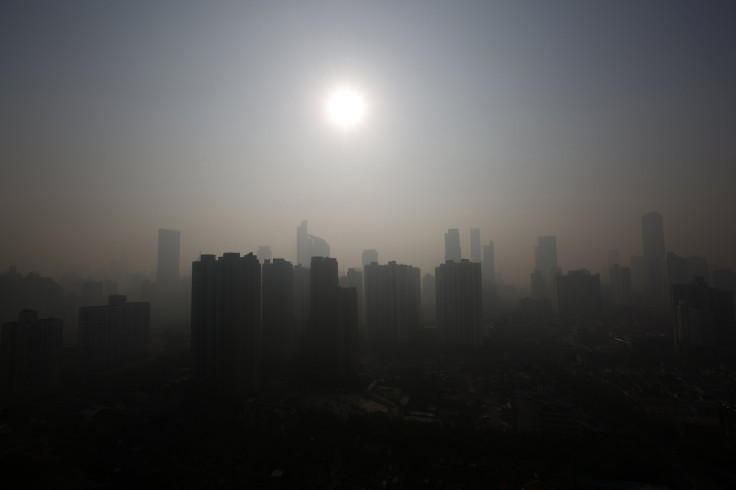Urban Grime Releases Smog-Forming Particles When Exposed To Sunlight, New Study Finds

Grime-covered buildings in cities are not only aesthetically unpleasant, but can also inflict significant damage on the environment, according to the findings of a new study presented Monday at a conference of the American Chemical Society in Boston. The findings suggest that this dark muck is a major source of smog-forming compounds that contribute to urban air pollution.
Urban grime, which typically coats buildings, statues and almost all outdoor surfaces in cities, contains, among other things, nitrogen oxides. In their gaseous state, these compounds, released as a result of human activities such as the use of chemical fertilizers and burning of fossil fuels, combine with other air pollutants to produce ozone at ground level -- a key component of smog.
“The current understanding of urban air pollution does not include the recycling of nitrogen oxides and potentially other compounds from building surfaces,” James Donaldson, a chemistry professor at the University of Toronto, who led the research, said in a statement Monday. “But based on our field studies in a real-world environment, this is happening. We don’t know yet to what extent this is occurring, but it may be quite a significant, and unaccounted for, contributor to air pollution in cities.”
According to the researchers -- who analyzed data collected during a six-week field study in Leipzig, Germany, and an ongoing year-long study in Toronto -- sunlight can break down grime and release the smog-forming compounds.
In Leipzig, the researchers found that grime in shaded areas contained 10 percent more nitrates -- which meant they released lesser nitrates -- than grime exposed to natural sunlight, proving that urban surfaces were, in fact, breathing out nitrogen gases. These findings build on previous laboratory experiments conducted by Donaldson and his colleagues, wherein they found grime exposed to a “solar simulator” shed more nitrates than grime left in the dark.
“In our work, we are showing that there is the potential for significant recycling of nitrogen oxides into the atmosphere from grime, which could give rise to greater ozone creation,” Donaldson said in the statement.
Smog -- composed of ground-level ozone, sulfur dioxide, nitrogen dioxides and carbon monoxide -- is not only rich in greenhouse gases, but also in chemicals that put people at risk of premature death, aggravate asthma and trigger other respiratory and cardiovascular diseases. In the U.S., for instance, approximately 44 percent of Americans live in regions where air pollution levels are too dangerous to breathe, according to the American Lung Association.
© Copyright IBTimes 2024. All rights reserved.






















